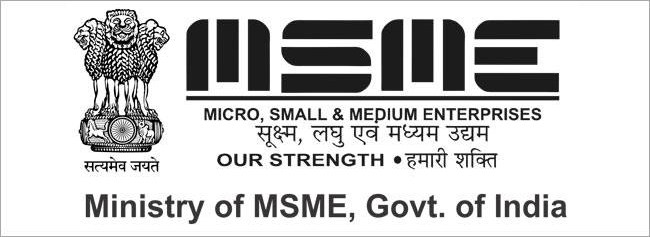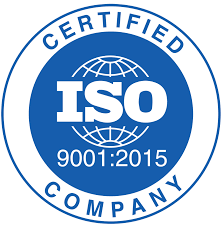ESL INDUSTRIAL SUPPORT SERVICES
Liquid penetrant testing
1.Liquid penetrant testing is based on the principle of:
(a) Polarized sound waves in a liquid
(b) Magnetic domains
(c) Absorption of X rays
(d) Capillary action
2.When a small diameter tube is placed in a glass of water, water rises in the tube to a level above the adjacent surface. This is called:
(a) Viscosity
(b) Capillary action
(c) Surface tension
(d) Barometric testing
3.How is the size of a liquid penetrant indication usually related to the discontinuity it represents:
(a) Larger than
(b) Smaller than
(c) Equal to
(d) Not related to
4.A penetrant that is self-emulsifying is called:
(a) Solvent removable
(b) Water washable
(c) Post-emulsified
(d) Dual sensitivity method
5.A penetrant process which employs an emulsifier as a separate step in the penetrant
removal process is called:
(a) Solvent removable
(b) Water washable
(c) Post-emulsified
(d) Dual sensitivity method
6.A penetrant process in which excess penetrant is removed with an organic solvent is called:
(a) Solvent removable
(b) Water washable
(c) Post-emulsified
(d) Dual method
7.Which of the following statements accurately describes the capabilities of liquid penetrant testing?
(a) Liquid penetrant testing is useful for locating subsurface discontinuities in a
test piece
(b) Liquid penetrant testing is useful for locating discontinuities in porous
materials
(c) Liquid penetrant testing is useful for locating discontinuities which are open to
the surface in non-porous materials
(d) none of the above
8.Which of the following discontinuity types could typically be found with a liquid penetrant testing?
(a) Internal slag in a weld
(b) Internal slag in a casting
(c) Sensitization in austenitic stainless steel
(d) Fatigue cracks
9.Which of the following chemical elements are normally held to a minimum in liquid penetrant tesing materials, when testing stainless steel and titanium?
(a) Hydrogen
(b) Chlorine
(c) Carbon
(d) Oil
10.Which of the following chemical elements are normally held to a minimum in liquid
penetrant materials when testing nickel based alloys?
(a) Sulphur
(b) Oxygen
(c) Carbon
(d) Nitrogen
11.Which of the following is the most desirable method of pre-cleaning a test piece prior
to penetrant testing?
(a) Sand blasting
(b) Vapour degreasing
(c) Emery cloth
(d) Wire brushing
12.Which of the following pre-cleaning processes is not recommended?
(a) Detergent cleaning
(b) Vapour degreasing
(c) Shot blasting
(d) Ultrasonic cleaning
13.A wire brush should be used for pre-cleaning:
(a) When grease and oil must be removed
(b) Only as a last resort
(c) When rust is to be removed
(d) When grinding burrs must be removed
14.A hydrometer is used to measure:
(a) Penetrant viscosity
(b) Specific gravity of water based wet developers
(c) Penetrant specific gravity
(d) Cleaner specific gravity
15.Visible, solvent removable penetrants are most advantageous for:
(a) Inspecting parts with rough surfaces
(b) Inspecting batches of small parts
(c) Inspecting parts at remote locations
(d) Inspecting parts with porous surfaces
16.For adequate test results, the black light used in fluorescent penetrant examination should provide what minimum black light intensity at the test surface?
(a) 100 foot candles per square centimetre
(b) 1000 microwatts per square centimetre
(c) 800 foot candles
(d) 35 microwatts per square centimetre
17.What minimum warm-up time is required for acceptable performance of a mercury
Vapour arc black light?
(a) None
(b) 2 minutes
(c) 5 minutes
(d) 10 minutes
18.Which of the following penetrants contains an emulsifying agent?
(a) Solvent removable
(b) Water washable
(c) Post emulsifiable
(d) Fluorescent
19.Which of the following penetrants must be treated with an emulsifier prior to water
removal?
(a) Solvent removable
(b) Water washable
(c) Post emulsifiable
(d) Fluorescent
20.What is the function of an emulsifier?
(a) To remove the excess penetrant
(b) To develop indications with a post emulsifiable penetrant system
(c) To assist penetration with a post emulsifiable penetrant system
(d) To make a post emulsifiable penetrant water washable
ANSWERS:
1 d
2 b
3 a
4 b
5 c
6 a
7 c
8 d
9 b
10 a
11 b
12 c
13 c
14 b
15 c
16 b
17 c
18 b
19 c
20 d



